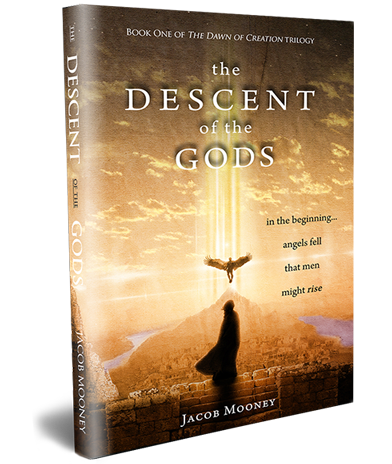
The Nephilim, a mysterious and controversial group described in ancient texts, have captivated scholars and enthusiasts alike for centuries.
Rooted in the biblical narrative, these beings are often depicted as giants and are said to have lived in pre-Israelite Canaan.
This article explores their origins, significance, and the various interpretations surrounding them based on research presented by the Jewish Virtual Library and Encyclopaedia Judaica.
The Nephilim in Genesis
According to the article on the Jewish Virtual Library, the primary reference to the Nephilim is found in Genesis 6:1-4, which describes the “sons of God” taking mortal wives, resulting in the birth of giants known as Nephilim. This passage states:
“When human beings began to increase in number on the earth and daughters were born to them, the sons of God saw that the daughters of humans were beautiful, and they married any of them they chose. Then the Lord said, ‘My Spirit will not contend with humans forever, for they are mortal; their days will be a hundred and twenty years.’ The Nephilim were on the earth in those days—and also afterward—when the sons of God went to the daughters of humans and had children by them. They were the heroes of old, men of renown.”
This narrative suggests that the Nephilim were either contemporaneous with or the direct offspring of the union between divine beings and human women.
Interpretations and Theories
Sons of God: Angels or Aristocrats?
The term “sons of God” has been a subject of debate. According to the Jewish Virtual Library, some interpret these beings as fallen angels who rebelled against God, attracted by the beauty of human women. This view is supported by apocryphal writings from the Second Temple period, where these angels are depicted as having introduced sin and corruption to the earth, leading to the birth of the Nephilim. These giants were described as wicked and violent, contributing to the moral decline that prompted the Flood.
However, Encyclopaedia Judaica explains that the Targum and various Midrashic interpretations suggest a more earthly explanation. In these traditions, the “sons of God” are seen as young aristocrats or nobles who married women of lower social status. This interpretation avoids the supernatural implications, focusing instead on social and moral corruption among humans.
The Book of Enoch and Other Apocryphal Texts
The Book of Enoch, an ancient Jewish apocalyptic text, expands on the story of the Nephilim, naming the fallen angels and detailing their sins. According to Encyclopaedia Judaica, these angels, led by figures such as Shamhazzai and Uzza, descended to earth and fathered the Nephilim. Their actions led to great violence and the spread of forbidden knowledge among humans.
This narrative is echoed in the Book of Jubilees and other ancient texts, which further describe the Nephilim’s destruction either by mutual slaughter or by the Flood. Some traditions hold that the evil spirits that emerged from their dead bodies continued to haunt the earth.
The Nephilim in Post-Biblical Literature
The Nephilim’s story persisted into post-biblical times, albeit with significant reinterpretations. Encyclopaedia Judaica notes that the Babylonian Talmud and later Jewish texts continued to reference the Nephilim, often linking them to legendary giants like Og of Bashan. These later texts reflect an ongoing struggle to reconcile the mythological aspects of the Nephilim with Jewish monotheism and moral teachings.
Modern Perspectives
Today, scholars continue to explore the Nephilim from various angles, including historical, theological, and literary perspectives. The debate over their origins and nature remains unresolved, reflecting broader questions about the interpretation of ancient texts and the blending of myth and history.
Conclusion
The Nephilim represent a fascinating intersection of mythology, theology, and history. Whether viewed as the offspring of angels and humans or as symbols of human corruption, their story offers rich insights into ancient beliefs and their enduring impact on modern thought. As scholars continue to investigate and debate their origins, the Nephilim remain a testament to the complexity and depth of biblical narratives.
For a more detailed exploration of the Nephilim, their origins, and the various interpretations surrounding them, read the full article on the Jewish Virtual Library.







